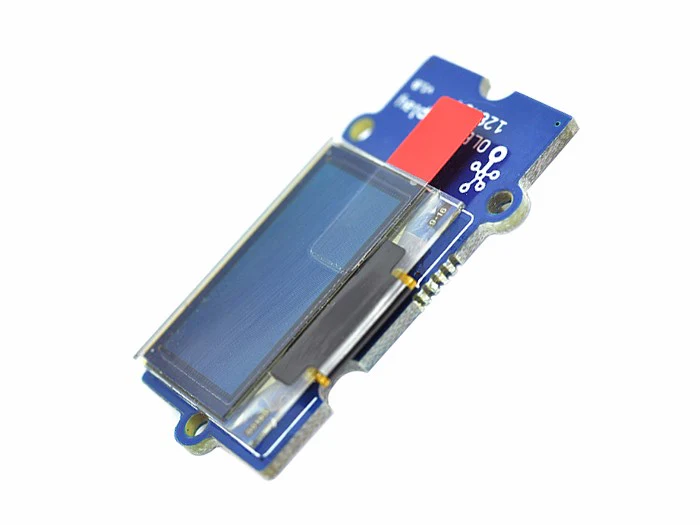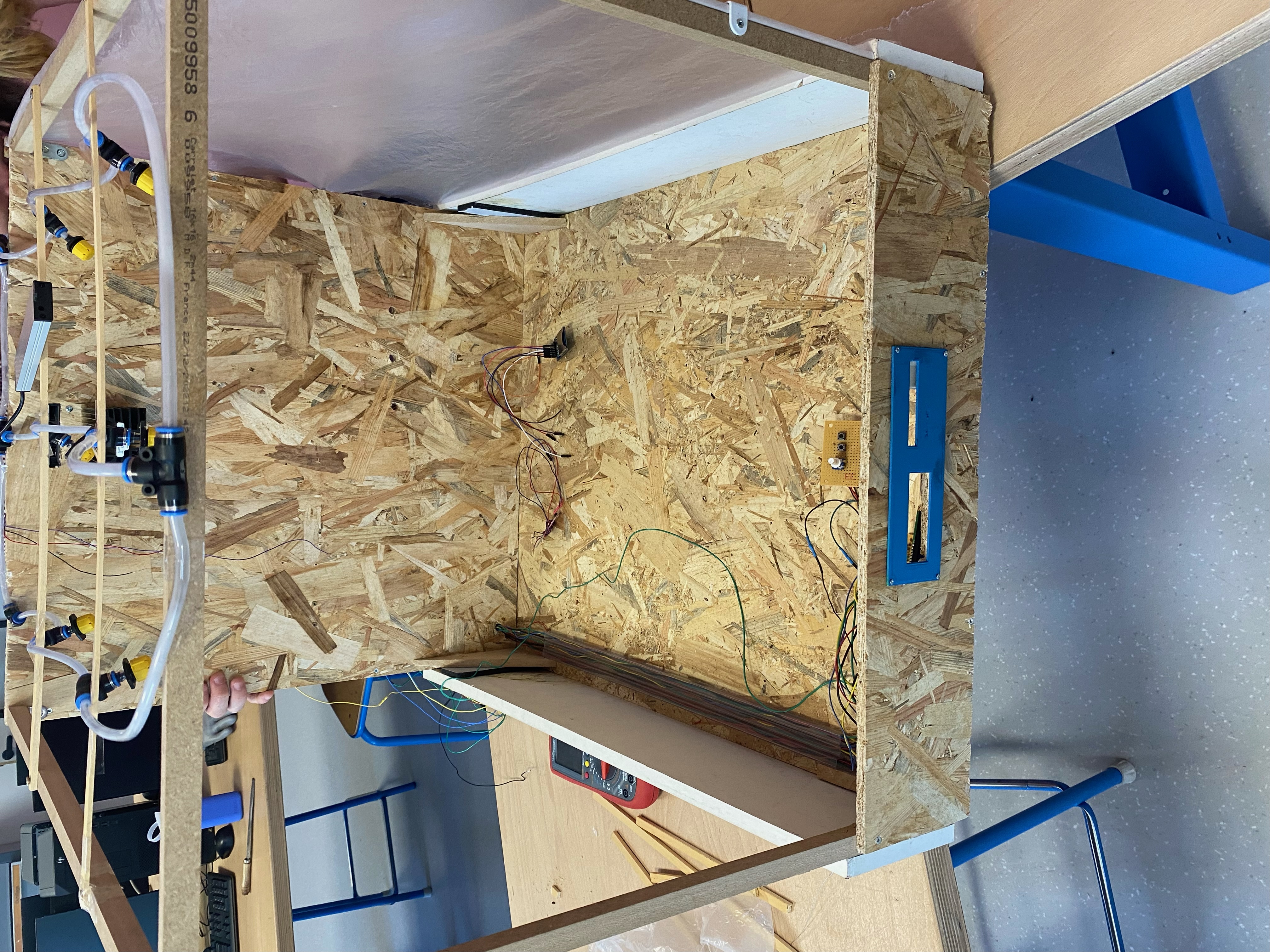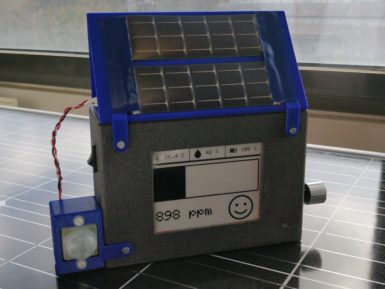
Grove - OLED Display 0.96"
Sold outGrove - OLED Display 0.96” module is an OLED monochrome 128×64 dot matrix display module with Grove 4pin I2C Interface.
Overview
Compared to LCD, OLED screens have a number of advantages such as high brightness, self-emission, high contrast ratio, slim / thin outline, wide viewing angle, wide temperature range, and low power consumption.
Features:
- Grove compatible Interface
- Communicate Mode: I2C
- Low power consumption
- Display Color: White
- Wide range of operating temperature: -20℃~70℃
Tech specs
Specifications
|
Items |
Min |
Norm |
Max |
Unit |
|
Power Voltage (VCC) |
3.3 |
5.0 |
5.5 |
V |
|
Driver IC |
- |
SSD1308Z |
- |
- |
|
Display Color |
- |
White |
- |
- |
|
Dot Matrix |
- |
128×64 |
- |
- |
|
Panel Size |
- |
26.7(W)×19.26(H) |
- |
mm |
|
Active Area |
- |
21.74(W)×11.175 (H) |
- |
mm |
|
Dot Pitch |
- |
0.17(W)×0.175 (H) |
- |
mm |
|
Dot Size |
- |
0.15(W)×0.15 (H) |
- |
mm |
|
Wide range of operating temperature |
- |
-20~70 |
- |
℃ |
Get Inspired

Just a simple and enjoyable autonomous greenhouse

Humans are animals and like all animals, we evolved in mostly outdoor conditions where the air is nice and fresh. But modern society keeps most of us indoors the vast majority of the time, which could have negative health effects. There are many potential hazards, including a lack of sunlight and psychological effects, but CO2 may pose a more tangible risk. To keep tabs on that risk within classrooms, a team from Polytech Sorbonne built this small CO2 monitor. This CO2 monitor performs two functions: it shows anyone nearby the CO2 levels in the area and it uploads that data over LoRaWAN to a central hub that can track the levels across many locations. A school could, for example, put one of these CO2 monitors in every classroom. An administrator could then see the CO2 levels in every room in real time, along with historical records. That would alert them to immediate dangers and to long term trends. At the heart of this CO2 monitor is an Arduino MKR WAN 1310 development board, which has built-in LoRa® connectivity. It uses a Seeed Studio Grove CO2, temperature, and humidity sensor to monitor local conditions. To keep power consumption to a minimum, the data displays on an e-ink screen and an Adafruit TPL5110 timer only wakes the device up every ten minutes for an update. Power comes from a lithium-ion battery pack, with a DFRobot solar charger topping up the juice. It uploads data through The Things Network to a PlatformIO web interface. An Edge Impulse machine learning model detects anomalies, so it can sound a warning even if nobody is watching. The enclosure is 3D-printable.






